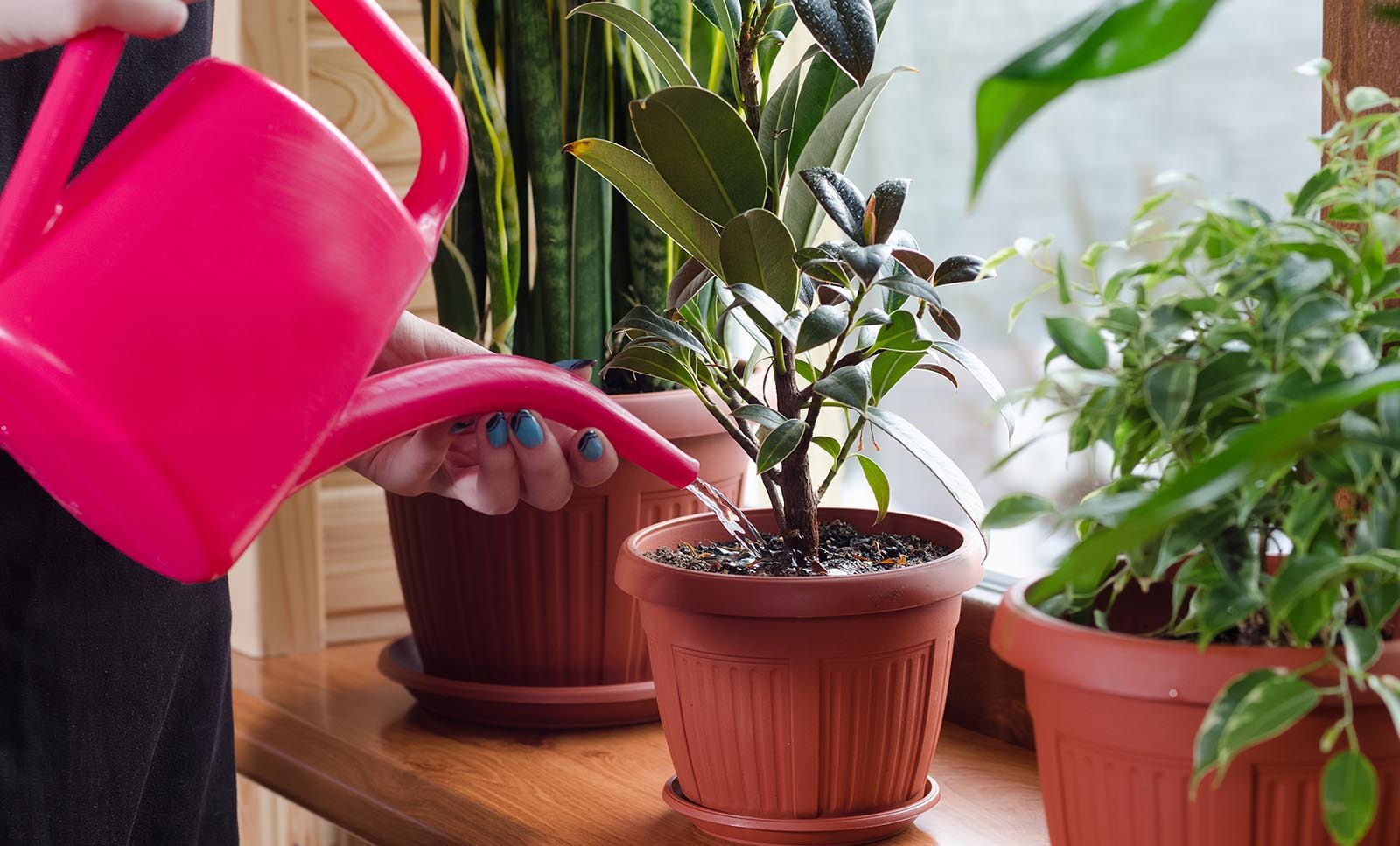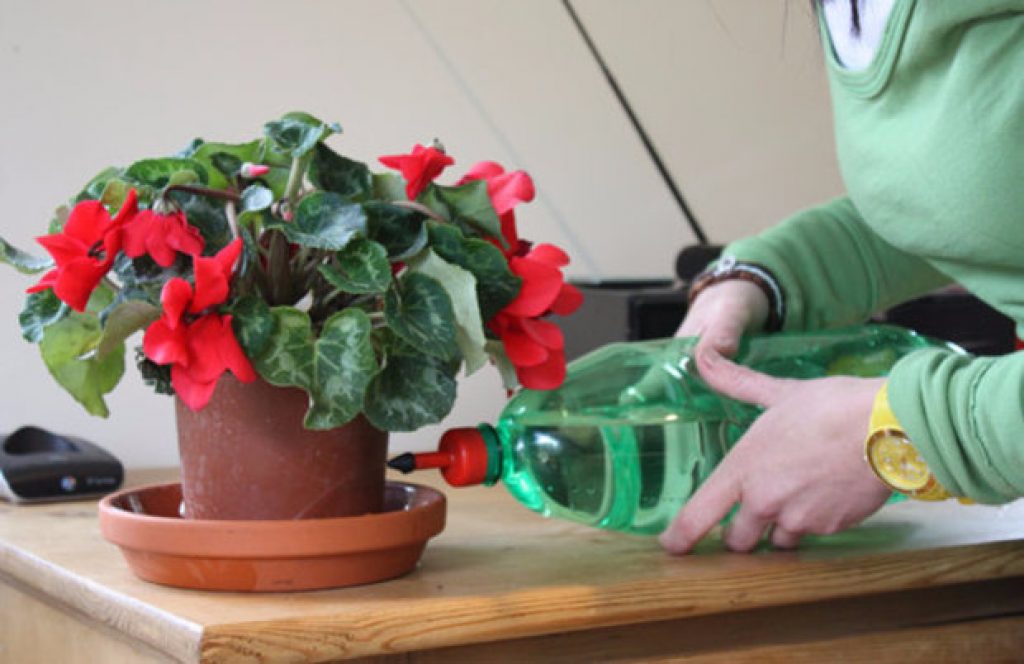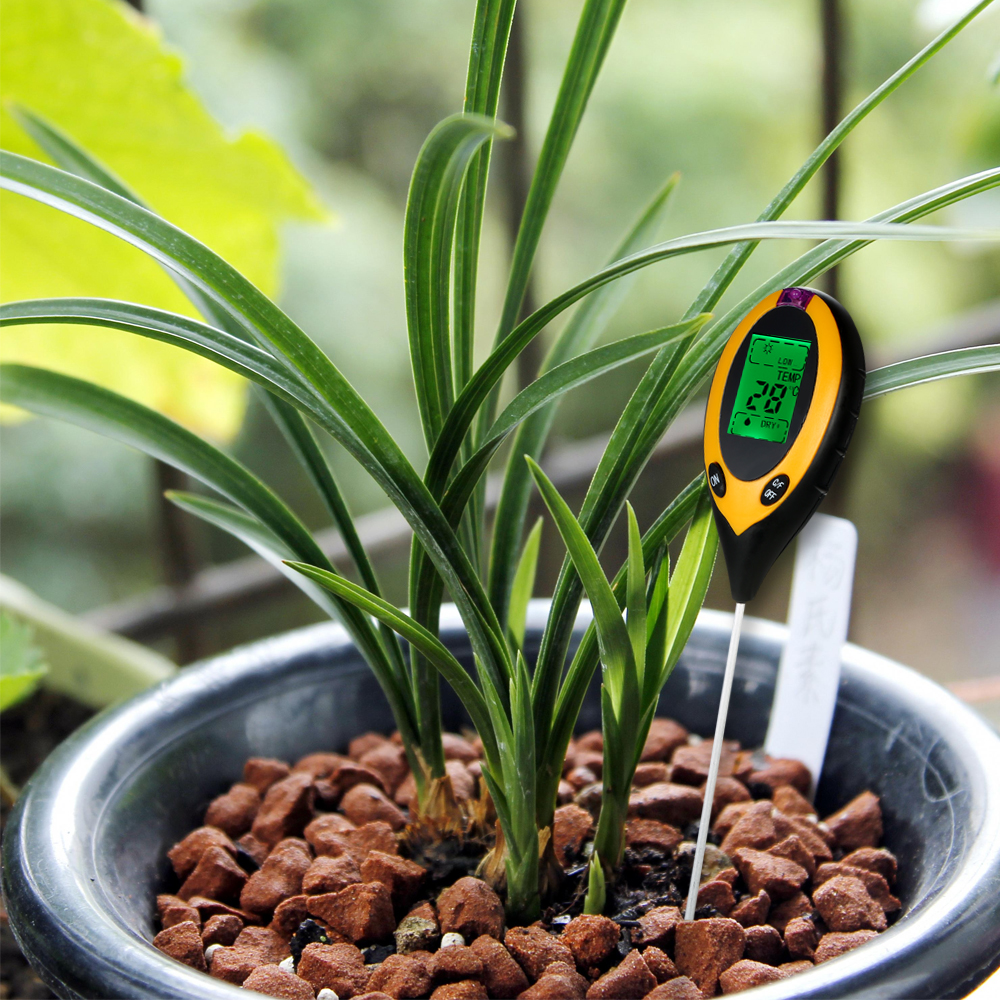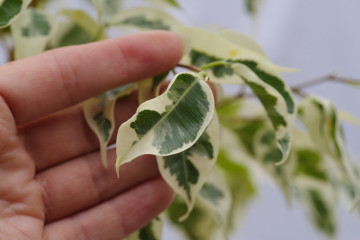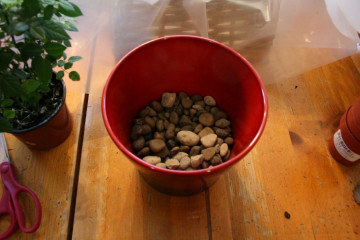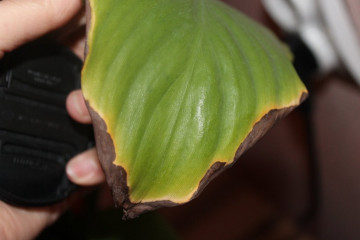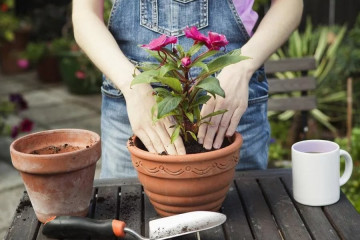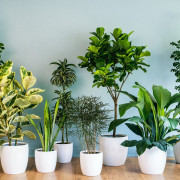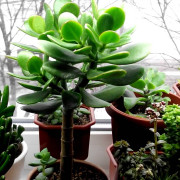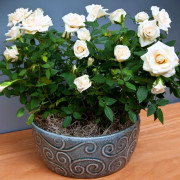How often watering of indoor plants is necessary
Content:
- How often to water house plants
- Watering indoor plants in spring, summer, autumn and winter
- When to water indoor flowers: time of day to water indoor plants
- Factors affecting irrigation regime
- How to properly water flowers
- Improper watering: signs and their elimination
- What determines the moisture requirement of a plant: soil moisture indicators
Most amateur flower growers are interested in the question of how to properly water flowers growing at home. Indeed, a lot depends on how well the watering of indoor flowers is carried out: their growth, development, and in some specimens, the duration and splendor of flowering. Watering must be regular, but depending on the type of plant, this regularity varies greatly.
How often to water house plants
Due to the fact that there are plenty of factors affecting the frequency and abundance of moisture, an individual approach is required for each flower. However, there are general guidelines for how to water your home flowers:
- material used in the manufacture of the pot. Members of the same species growing in clay and plastic pots need to be watered differently. For the first, more moisture will be needed than for the second, since water in it also leaves through the porous walls;
- the size of the pot also plays a role. Obviously, a large flowerpot will require more water than a small one;
- the location of the bush. Watering indoor plants located on the south side should be more intensive, especially during a warm period;
- air temperature. Plants located in a warm room need to be watered more often and more intensively than those that are cool. Following this rule, you can avoid drying out the soil or rotting roots;
- the weather, which also determines how often you need to water indoor flowers. In hot weather, the amount of water should be increased and vice versa.
Watering indoor plants in spring, summer, autumn and winter
There are several main periods - active growth and vegetation (spring-autumn), flowering period (most often in summer) and dormant period (winter). The care of flowers in each of them should be different from the previous one, so that they give lush lush greenery and bright bloom.
How often to water indoor flowers in winter is not always easy to understand. Firstly, each flower has its own time frame for this period, for some it does not occur at all. Secondly, the conditions for each individual species need individual ones. The frequency of soil irrigation depends on these parameters.
In winter, daylight hours are reduced, and many plants need to lower the air temperature for good rest. If it was possible to do this, then watering should be carried out rarely, as the soil dries out. Some species (for example, begonia) generally rest from water in winter. But, if it was not possible to provide a low temperature, then watering should be reduced. Most often, it is produced 2-3 times less often than in summer.
By spring, the plants are gradually awakening from winter sleep, moving into a new phase and they should be provided with proper watering. It becomes more frequent and more intense.Summer, especially hot, is the period of the most abundant and frequent soil moisture. By the fall, everything is gradually decreasing again.
When to water indoor flowers: time of day to water indoor plants
The ideal time of day for watering is morning. This has been known for a long time and has been scientifically proven. Indeed, during the day, moisture has time to evaporate, and watering in the evening leads to the opposite result. Excess fluid can build up at the roots and do nothing good. Due to increased dampness, fungal infections can develop, and the underground part of the plant will no longer receive the necessary oxygen access.
Factors affecting irrigation regime
How to properly water your home flowers depends on a number of factors. More moisture will be required:
- in the phase of active growth and development;
- when in a large-volume flowerpot or made of natural material;
- if the plant has large thin leaves;
- with a pronounced, good, powerful root system;
- at high air temperatures in the warm season;
- at low air humidity;
- with constant ventilation of the room.
Less intensive watering is required:
- in pots, where the soil is not particularly loose;
- plants with thick, fleshy leaves or no leaves;
- flowers that have only recently been transplanted from another pot, weak and painful;
- owners of a short root;
- in the phase of slow growth or rest;
- in the absence of a drainage layer;
- in low temperature conditions;
- at high air humidity.
How to properly water flowers
There are two main ways of watering plants - top and bottom. You should choose one or another method, focusing on the type of plant and general recommendations. In any case, you need to water the flowers only with water at room temperature, cold water is stress for them. Rain or melt water is best suited, if there is none, you can pour it with settled tap water, but not boiled water, since the boiling process kills all the necessary trace elements.
Which is better - top or bottom watering
Overhead irrigation is the most common and traditional method. With constant watering from above, the soil in the pot is completely and more evenly saturated with moisture, and the plant feels as comfortable as possible. It is worth remembering that you need to water, evenly distributing moisture over the surface, otherwise grooves will form, and roots may be exposed. Most of all, such irrigation is loved by violets, succulents, indoor banana tree.
There are times when it is impossible to allow moisture to get on the leaves of plants, or if they can release roots outside the pot. For such plants, watering from below is the best option. Water is poured into the pan of the pot, and moisture is absorbed on its own in the amount required. So you need to water the saintpaulias, saltyrolias, azaleas, begonias.
Watering volume
Depending on the generic belonging of the plant, it needs a certain irrigation regime, according to which the volume of the necessary liquid is determined:
- abundant. Produced immediately after the soil in the pot is dry.This option is required for almost all tropical bushes, plants with thin, long leaves, large specimens;
- moderate. It is not produced immediately, but after a couple of days. It is needed for flowers with pubescent leaves or stems (for example, violets), thick woody roots (ficuses);
- rare watering is suitable for cacti and other succulents. With it, an earthen lump can remain dry for up to several weeks.
Improper watering: signs and their elimination
If you systematically violate the watering rules necessary for a particular flower, you can get undesirable consequences, in particular, its death.
Is it possible to reanimate an overdried houseplant
If the soil is completely dry, it begins to refuse to accept moisture. Regardless of the amount of water poured, only the upper part of the soil is wetted. This is due to the fact that the dried soil decreases in size, lags behind the walls of the pot, forming cracks into which moisture flows and goes out through the drainage hole.
To save the situation, you need to water the plant under the shower, then put it in a basin filled with water and wait until the earthen lump is completely wet (all air bubbles should come out of it). Then remove the pot and wait until the excess water is gone. Not all plants are able to withstand a long lack of moisture, but if he succeeds, he will soon turn green again.
What to do if the flower is flooded
If the grower is faced with the opposite problem, then it is worth remembering that this is just as dangerous as drought. But you can save the flower. To do this, carefully remove it from the pot, remove the rotten and weak roots that appear and wrap it with an absorbent cloth or waffle towel. If the towel is completely soaked, you should immediately change it to a dry one. Then you need to wrap the lump with paper towels and leave to dry completely. The plant should then be planted in a new vessel filled with fresh potting soil.
What determines the moisture requirement of a plant: soil moisture indicators
Flower shops offer various soil moisture meters for indoor plants. The main advantage of such indicators is that, thanks to special sensors, they demonstrate not only the level of water in the entire pot, but also its amount specifically at the roots of the plant. Such measurements are especially important for whimsical, demanding plants in care, for which the liquid level must always be at a certain level: you can neither overdo it, nor overdry it.
To care for indoor flowers, it is necessary to feed them in a timely manner, take care of the level of lighting, temperature and humidity. However, without proper regular watering, nothing will work. It is worth taking care of this even at a time when the whole family is leaving somewhere, and there is no one to water the flowers. For such situations, a special device sold in stores and providing them with automatic watering is suitable. It is worth providing the flowers with the necessary care, and they will delight with their chic appearance and bright lush flowering.


